Developers, developers, developers! The ghost of Steve Ballmer past lingers heavily over Microsoft’s annual Build conference, but despite ostensibly being an event dedicated to code monkeys, Build’s always brimming with consumer-friendly news about the future of Windows, Office, and more. This year was no exception – and it even managed to squeeze in a few eye-opening surprises. Let’s dig in to the biggest reveals.
Windows 10 keeps on climbing
A mere four months after announcing that Windows 10 was running on 200 million devices, Microsoft’s racked up another 70 million new users with Windows 10 installed on 270 million devices.
Some of those are no doubt due to Christmas purchases, and some no doubt stem from Microsoft’s heavy-handed upgrade tactics. Either way, it’s an impressive number, making Windows 10 the quickest-growing OS in Microsoft’s history.
Windows 10 Anniversary Update
The long-rumoured Windows Redstone now has a name, as Microsoft announced that the far-more-boringly-titled Windows 10 Anniversary Update will roll out as a free update to Windows 10 users this summer.
Microsoft didn’t talk too much about what’s in store, but spent a lot of time showing off the update’s new Windows Ink capabilities, which expand on Windows 10’s current stylus capabilities. You’ll be able to pull up an ‘ink workspace’ with tools and apps that support styli, draw a line between two points and annotate stops in between in Maps, and auto-create reminders based on written notes.
The update extends Windows Hello functionality to Windows Store apps and the Edge browser, so you can use biometric authentication to log into apps and services that support the feature. The Anniversary Update will also hit Xbox One, and bring Universal Windows Platform apps along with it.
Hell freezes over
The Anniversary Update will bring Linux’s legendary Bash shell command to Windows 10. Not emulated or in a virtual machine, either. Microsoft partnered with Canonical to bring native Ubuntu Linux binaries into Windows. This is the real deal, and it’s starting to look like Microsoft’s love affair with Linux is more than mere dabbling.
PC gaming concerns
Beyond bringing the Windows 10 Anniversary Update to Xbox, Microsoft’s listening to PC gamers concerned with the Windows Store situation, too. Xbox boss Phil Spencer took the stage to say that Windows Store apps have already begun supporting PCs with multiple graphics cards, with FreeSync and G-Sync support scheduled for May. You’ll also be allowed to disable V-Sync in Windows Store games at that time.
The timeline for support for mods, full-screen game usage, and overlays like FRAPS is murkier, but Spencer says they’ll all be addressed in the coming months. Microsoft’s also adding bundles and season passes, and preorders are coming to the Windows Store.
Universal Windows Platform
Microsoft’s also rolling out a new conversion tool that transforms Win32 (read: traditional desktop) software – including games – into the Universal Windows Platform (UWP) apps, with support for Live Tiles, automatic updating through the Windows Store, and more.
That’s a big deal, and some big-name native UWP apps are on the way, as well. Microsoft said Facebook’s working on universal apps for Instagram, Messenger, and Facebook main, in addition to banking apps from American Express and Bank of America.
HoloLens ships to developers
One of the big draws of universal apps is that they run on any Windows 10-powered platform – PCs, phones, Xboxes, Raspberry Pis, you name it. Another one is about to enter the fray.
After more than a year of teasing and invite-only preorders, the $3,000 HoloLens Dev Edition augmented reality headset started shipping to developers.
Cortana improvements
Cortana, the personal digital assistant baked into Windows 10, is about to get more powerful and even easier to converse with. Microsoft’s building more utility and contextual awareness into Cortana, including more proactive actions where she offers to perform tasks without even being prompted, and putting it all at your beck and call with powerful natural language tools.
A quick pair of demos by Marcus Ash, the group product manager for Cortana at Microsoft, drove home how useful the new skills can be. In one, he asked Cortana to “send [a colleague] the PowerPoint that I worked on last night.” This seemingly simple command is actually deceptively complex; to fulfill it, Cortana has to know what PowerPoint document Ash was talking about, when he was using it, and who the colleague is. Powerful stuff. In another, he asked Cortana “What toy store did I visit during last year’s Build?” to summon a location.
Microsoft didn’t say when the new features are rolling out, but smart money’s on the Windows 10 Anniversary Update’s launch. (Note: There is still no word on when Cortana will be making her Irish debut.)
Conversations as a platform
But Cortana’s only the beginning. Microsoft CEO Satya Nadella revealed ‘conversations as a platform’ at Build – an audacious vision of a future filled with personal digital assistants and smart bots that tap into machine learning to organise our lives, all via natural language conversations. Cortana could automatically connect you with a hotel’s bot in Skype to arrange a reservation, for example, then follow that up with the unprompted suggestion to arrange a hook-up with a friend who lives in that town.
It’s a pretty awesome idea, and one that plays into Microsoft’s strengths in cloud computing and consumer products. Microsoft’s already launched a series of frameworks, APIs, and the Cortana Intelligence Suite for developers to tap into Cortana and create bots of their own.
Skype bots
You may not need to wait long to experience the potential of Microsoft’s Conversations vision. The company hopes to infuse Skype chats with artificial intelligence in the future, and it’s releasing an updated version of the Skype mobile app with support for bots. Developers, start your engines.
Brad Chacos, IDG News Service



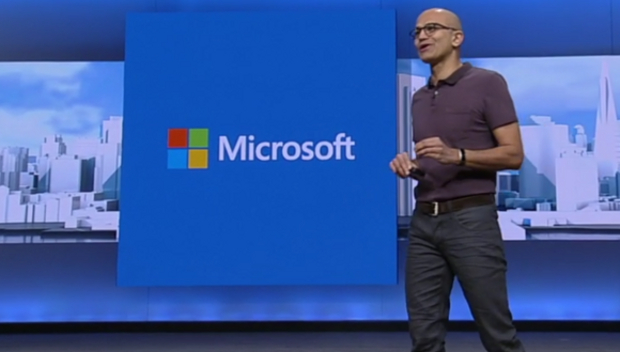
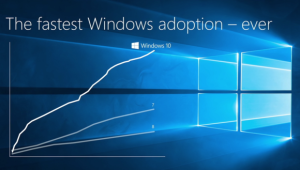
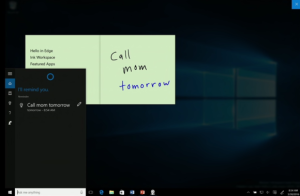
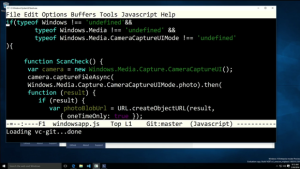
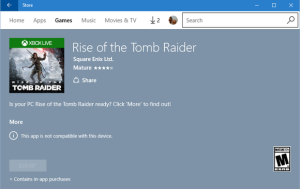

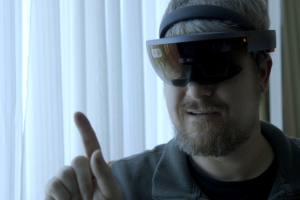
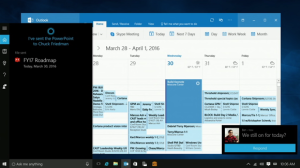
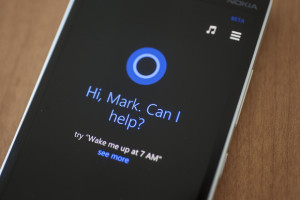
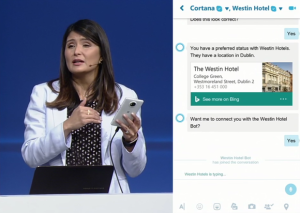




Subscribers 0
Fans 0
Followers 0
Followers